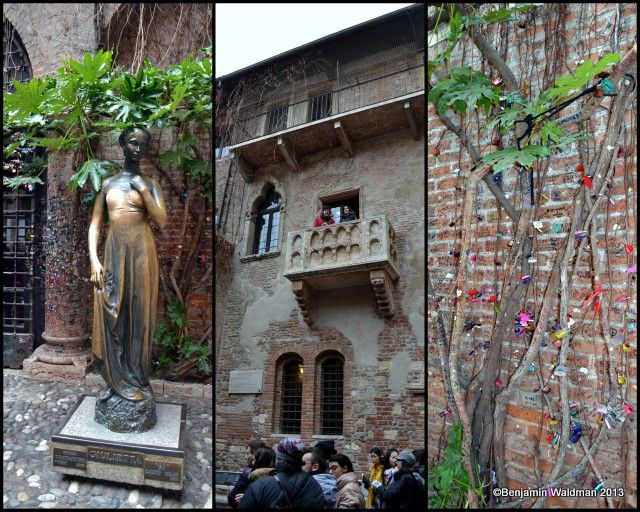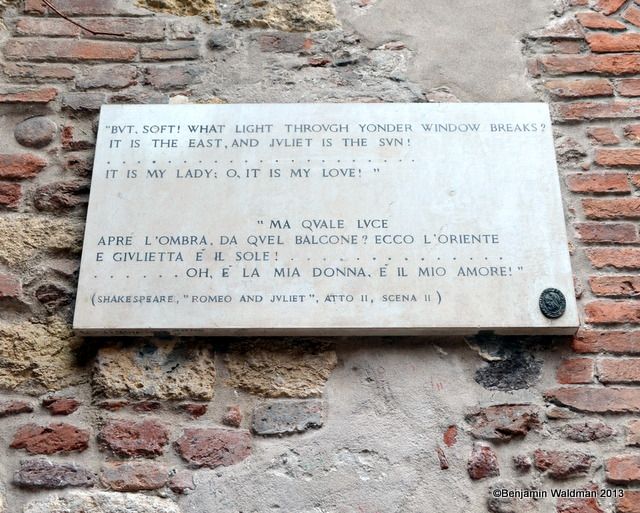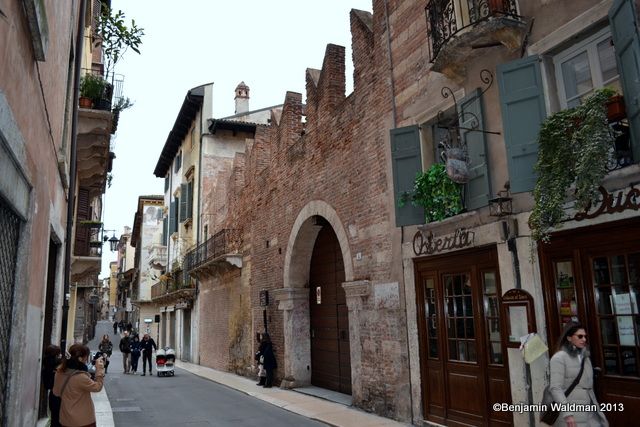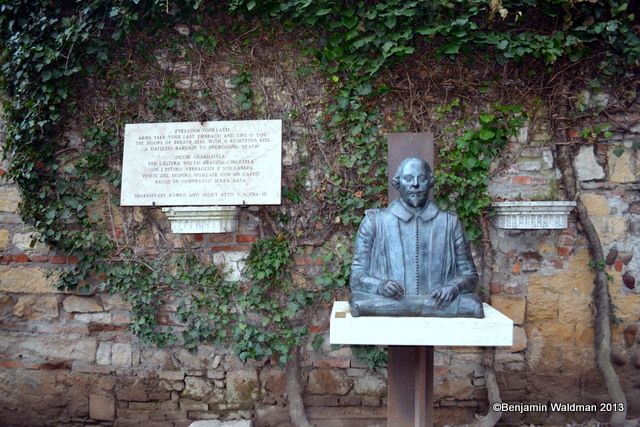The Berkshires Bowling Alley that Inspired "The Big Lebowski"
It’s been 36 years since the release of The Big Lebowski, the irreverent cult comedy by Joel and Ethan


In addition to being a UNESCO World Heritage Site, Verona allows visitors to experience Shakespeare’s Romeo and Juliet first hand. In order to enjoy sites associated with the play though, it is important for visitors to glaze over historical inaccuracies. First, Shakespeare never visited Italy. Second, his play was inspired by other contemporary works which can be traced back to Luigi Da Porto’s La Giulietta, which was published in Venice in 1531.
Da Porto alleged to have learned about the 14th-century star-crossed lovers (Giulietta of the Cappelletti family and Romeo of the rival Montecchi family) from a Veronese archer while serving in the army. Shakespeare retained Verona for the setting of his story while anglicizing the surnames to Capulet and Montague. After the 1936 Academy Award winning film version of the play, the Veronese government realized they could capitalize on the story and set the stage for what visitors can see today, which includes museums, churches, and plaques containing quotes from the play.

Juliet’s House (a 13th-century inn) was purchased by the city in 1936. It was “restored” in the Gothic style with a balcony. The house has a nice exhibit inside (which includes the bed and two costumes of the film version by Franco Zeffirelli) and the balcony provides a great place for photo opportunities. However, it is doubtful that the Cappelletti ever set foot there. Additionally the statue of Juliet in the courtyard is rubbed for good luck and visitors leave locks in the courtyard, a practice that has been spreading around the world especially on bridges.


Casa di Romeo is a 14th-century house that once belonged to the family of the Count Nogarola. The house is private and closed to the public. A plaque containing a quote from the play adorns its facade.


Juliet’s Tomb is located in the former Convent of San Francesco al Corso. In the 1930s, the City of Verona restored a red marble sarcophagus and placed it in the convent’s small, dark crypt, thereby attributing it to Juliet. The tomb has been visited by the likes of Byron, Heine, and Dickens


In addition, several sites have plaques with inscriptions have plaques with quotes from the play. These include the Volto Barbaro, where the duel between Tybalt and Mercurtio occurred, the Palazzo Carlotti, where Romeo’s revenge of Mercutio’s death supposedly took place, and the Portoni della Bra where Romeo left Verona before escaping to Mantua.

Verona as a city is well-worth the visit, particularly for its historic significance as a town that has developed without interruption or destruction for two millennia. It is also home to one of the largest remaining Roman arenasRead more about the city on the UNESCO World Heritage site.
Subscribe to our newsletter